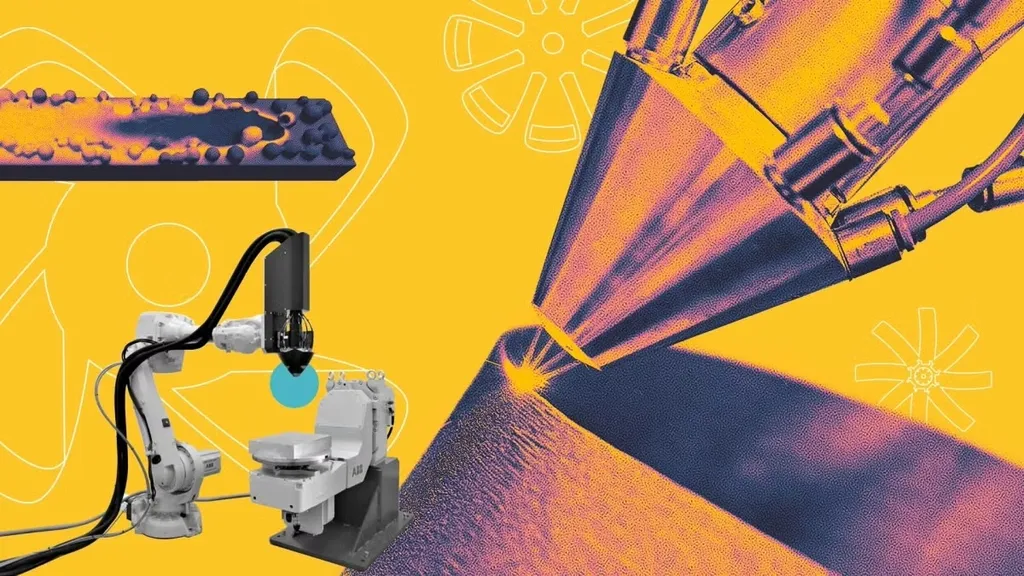Researchers from Arizona State University, led by Yanliang Zhang, have developed a novel method for fabricating high-performance thermoelectric materials using machine learning and 3D printing. This innovative approach could potentially revolutionize the way we harness waste heat and implement solid-state cooling, offering significant benefits to the energy industry.
Thermoelectric energy conversion is a promising technology that allows for the direct conversion of heat into electricity and vice versa. However, traditional manufacturing processes for thermoelectric devices are often expensive and limited in the complexity of the geometries they can produce. The researchers at Arizona State University have addressed these challenges by developing an extrusion printing method that can fabricate thermoelectric materials with complex 3D architectures.
The team integrated high-throughput experimentation with Bayesian optimization to accelerate the search for optimal ink formulations and printing parameters. They employed a Gaussian process regression-based machine learning model to predict the thermoelectric power factor as a function of these variables. This approach not only enhances the performance of the printed materials but also ensures the desired shape fidelity.
The printed bismuth antimony telluride (BiSbTe)-based thermoelectric materials, under optimized conditions, exhibited an ultrahigh room temperature figure of merit (zT) of 1.3. This is the highest zT value achieved in printed thermoelectric materials to date, indicating superior performance. The researchers believe that their machine learning-guided ink-based printing strategy can be generalized to a wide range of functional materials and devices, opening up broad technological applications.
One of the practical applications for the energy sector is the potential to convert waste heat from industrial processes into electricity. This could lead to significant energy savings and reduced carbon emissions. Additionally, the technology could be used for solid-state cooling in various applications, including electronics and refrigeration, further enhancing energy efficiency.
The research was published in the journal Nature Communications, a highly respected peer-reviewed journal that covers all areas of the natural sciences. This publication underscores the significance and potential impact of the researchers’ findings on the scientific community and the energy industry.
This article is based on research available at arXiv.

